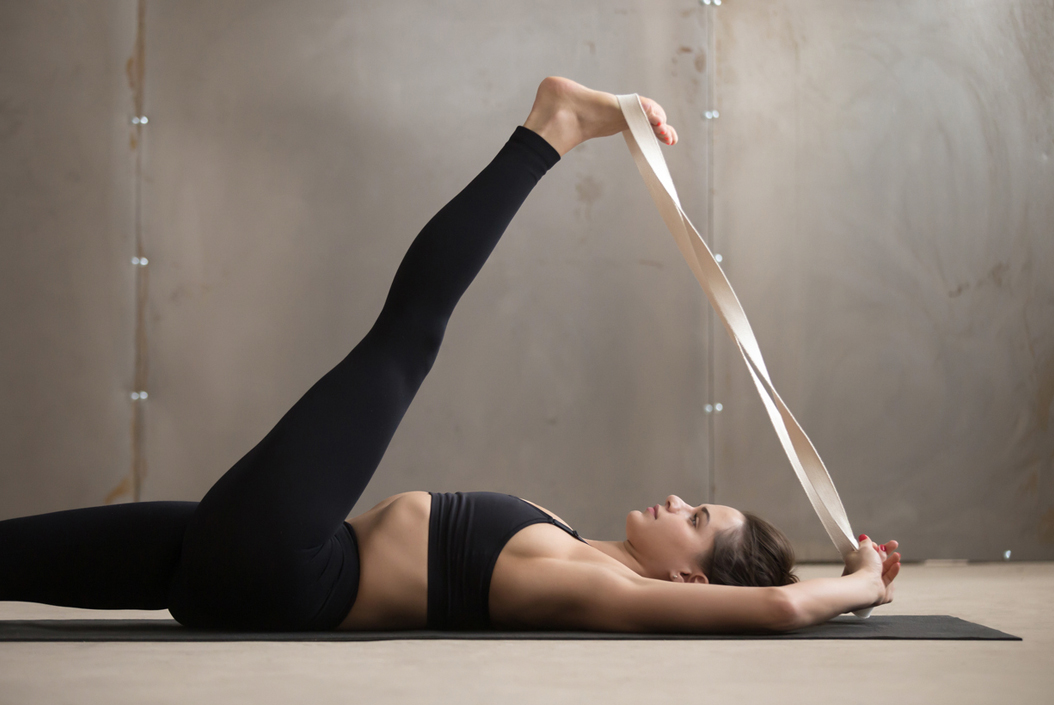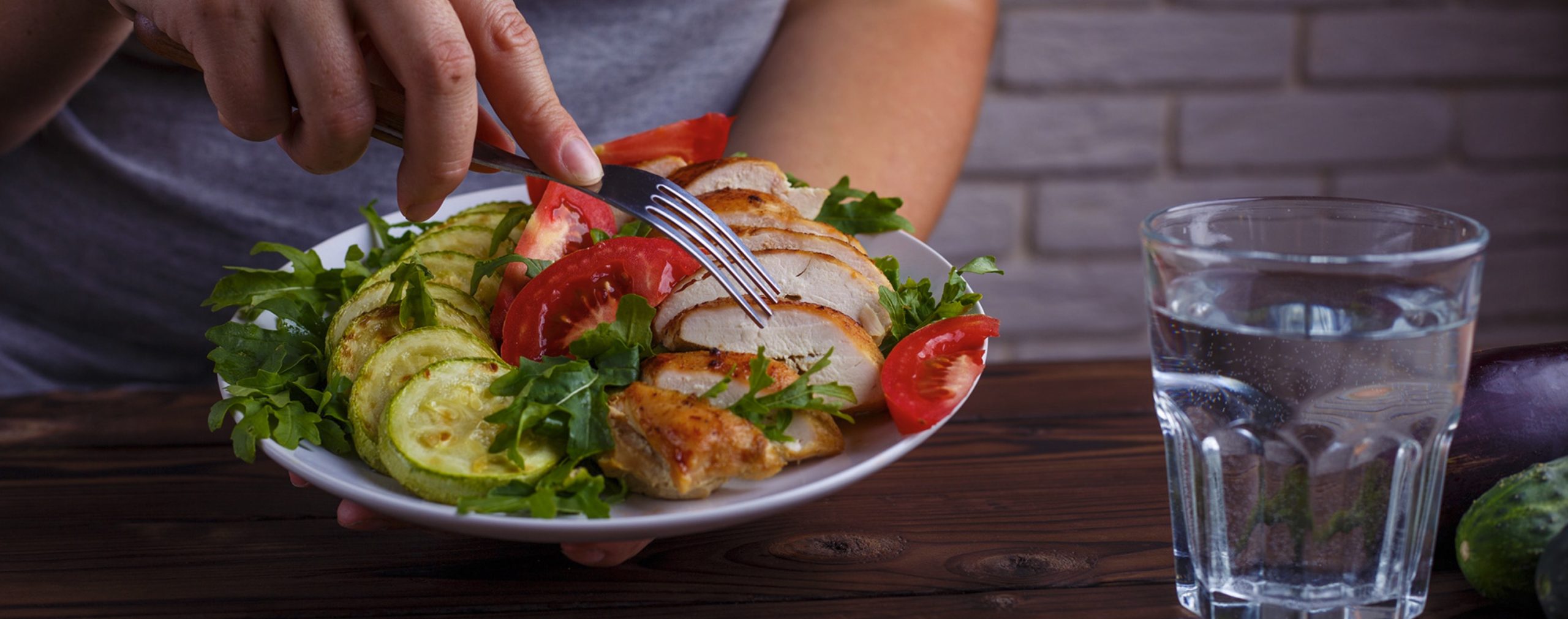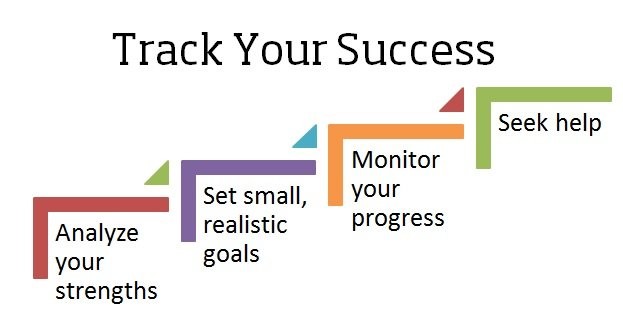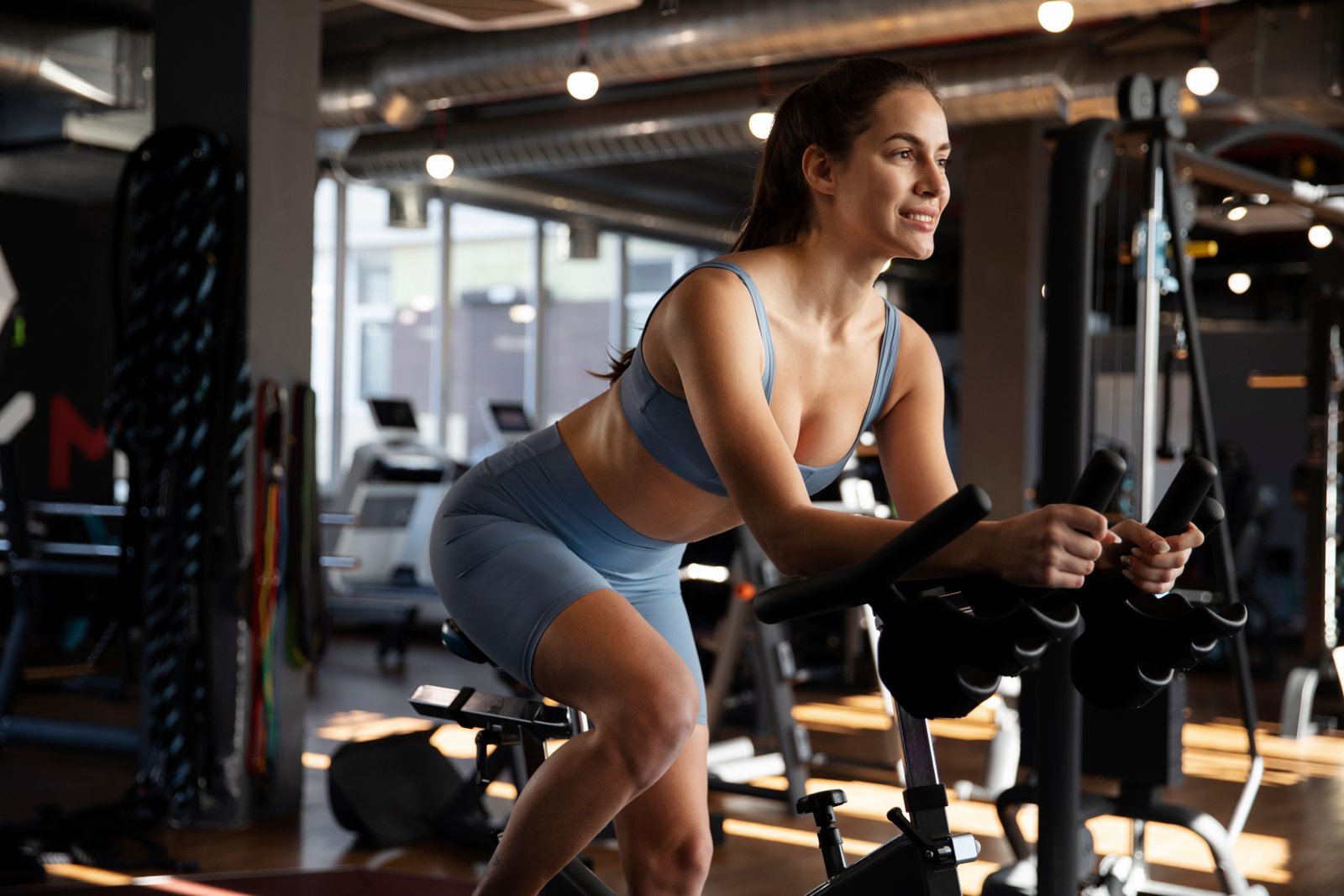Achieving Body Fitness at Home Without Going to the Gym.
In today’s fast-paced world, maintaining physical fitness is crucial for overall well-being. With the rise of remote work and busy schedules, many people find it challenging to make time for the gym. However, getting fit at home is not only possible but can also be incredibly effective. This guide will walk you through various strategies, including workout plans, bodyweight exercises, nutrition tips, and motivation techniques to help you achieve your fitness goals without stepping foot in a gym.
1. Understanding Fitness Goals.
The first step in your fitness journey is to define your goals. Are you looking to lose weight, build muscle, increase endurance, or improve overall health? Having clear objectives will help you tailor your workout routines and nutrition plan accordingly.
Setting SMART Goals
To make your goals more effective, consider using the SMART criteria:
- Specific: Clearly define what you want to achieve (e.g., "I want to lose 10 pounds in 3 months").
- Measurable: Establish how you will measure progress (e.g., "I will track my weight weekly").
- Achievable: Set realistic goals based on your current fitness level.
- Relevant: Ensure your goals align with your overall health objectives.
- Time-bound: Set a deadline to create urgency (e.g., "I will achieve this by the end of March").
2. Creating a Workout Plan.
A well-structured workout plan is essential for consistency and progress. Aim for at least 3-5 workout sessions per week, incorporating a mix of strength training, cardio, and flexibility exercises.
Sample Weekly Workout Schedule
| Day | Workout Type |
|---|---|
| Monday | Full Body Strength (bodyweight) |
| Tuesday | Cardio (HIIT or jogging) |
| Wednesday | Flexibility (Yoga or stretching) |
| Thursday | Upper Body Strength (dumbbells) |
| Friday | Lower Body Strength (bodyweight) |
| Saturday | Active Recovery (light walk or yoga) |
| Sunday | Rest day |
3. Bodyweight Exercises.

Bodyweight exercises are an excellent way to build strength, flexibility, and endurance without any equipment. They can be done anywhere in your home and require no special setup. Here are some effective bodyweight exercises to incorporate into your routine:
Push-ups
Muscle Groups: Chest, shoulders, triceps, core
- How to Do It: Start in a plank position, with your hands slightly wider than shoulder-width apart. Lower your body until your chest almost touches the floor, then push back up to the starting position.
- Variations: Knee push-ups, incline push-ups, or decline push-ups to increase difficulty.
Squats
Muscle Groups: Quads, hamstrings, glutes
- How to Do It: Stand with your feet shoulder-width apart. Bend your knees and lower your hips as if you’re sitting back into a chair. Keep your chest up and knees over your toes, then return to standing.
- Variations: Jump squats, sumo squats, or single-leg squats for added intensity.
Lunges
Muscle Groups: Quads, hamstrings, glutes, calves
- How to Do It: Step forward with one leg, lowering your hips until both knees are bent at about a 90-degree angle. Push back to the starting position and alternate legs.
- Variations: Reverse lunges, walking lunges, or lateral lunges for variety.
Planks
Muscle Groups: Core, shoulders, back
- How to Do It: Start in a push-up position, then lower onto your forearms, keeping your body in a straight line from head to heels. Hold for as long as you can, aiming for 30 seconds to start.
- Variations: Side planks, plank jacks, or plank to push-up for additional challenge.
Burpees
Muscle Groups: Full body, particularly legs, chest, and core
- How to Do It: Begin in a standing position, drop into a squat, kick your feet back into a plank, perform a push-up, jump your feet back to the squat position, and explode up into a jump.
- Variations: Modify by stepping back instead of jumping or removing the push-up.
4. Incorporating Cardio.

Cardiovascular exercise is crucial for improving heart health, burning calories, and increasing endurance. Here are some effective cardio options you can do at home:
High-Intensity Interval Training (HIIT)
HIIT involves short bursts of intense exercise followed by rest or lower-intensity activity. This can be done using bodyweight exercises, such as:
- Circuit: 30 seconds of jumping jacks, followed by 15 seconds of rest, then 30 seconds of squat jumps, and so on for 15-20 minutes.
Running or Jogging
If you have space outside, running or jogging is an excellent way to boost cardiovascular fitness. You can also run in place or use a treadmill if you have one.
Dance Workouts
Dance is a fun way to get your heart rate up. Follow online dance classes or just dance to your favorite songs for an enjoyable cardio session.
5. Flexibility and Mobility.

Incorporating flexibility and mobility exercises into your routine is essential for preventing injuries and enhancing overall fitness. Stretching improves your range of motion and can aid in recovery.
Yoga
Yoga not only improves flexibility but also promotes relaxation and mindfulness. There are many online resources, including videos and apps, that offer guided yoga sessions.
Stretching Routine
Incorporate a stretching routine post-workout to cool down your muscles. Focus on major muscle groups such as hamstrings, quads, shoulders, and back. Hold each stretch for 15-30 seconds.
6. Nutrition and Hydration.

Nutrition plays a vital role in achieving body fitness. A balanced diet provides the energy you need for workouts and aids in recovery.
Balanced Diet
- Focus on Whole Foods: Prioritize fruits, vegetables, lean proteins (like chicken, fish, beans), whole grains, and healthy fats (like avocados, nuts, and olive oil).
- Portion Control: Be mindful of portion sizes to avoid overeating. Use smaller plates and bowls to help with portion management.
- Meal Prep: Plan and prepare meals in advance to ensure you have healthy options available.
Hydration
- Drink Plenty of Water: Aim for at least 8 cups (64 ounces) of water daily. Increase intake during workouts or hot weather.
- Hydration Tips: Keep a water bottle handy, and drink before, during, and after your workouts.
7. Staying Motivated.

Staying motivated can be one of the biggest challenges when working out at home. Here are some strategies to keep you on track:
Find a Workout Buddy
Exercising with a friend or family member can increase motivation and accountability. You can encourage each other and share progress.
Mix Up Your Routine
Variety is key to keeping workouts interesting. Experiment with different exercises, workout styles, and formats to prevent boredom. Change your weekly schedule or try new fitness classes online.
Set Milestones
Celebrate small victories along the way. Whether it’s completing a certain number of workouts in a month or achieving a personal best, acknowledging progress can boost motivation.
Keep a Fitness Journal
Track your workouts, progress, and how you feel. A journal can help you visualize your achievements and stay committed to your goals.
8. Tracking Your Progress.

Tracking your fitness progress can be motivating and help you stay accountable. Consider these methods:
- Measurements: Track body measurements (waist, hips, arms, etc.) every few weeks to see changes over time.
- Fitness Apps: Use apps to log workouts, track meals, and monitor progress. Many apps offer built-in workouts and challenges.
- Photographs: Take before and after photos to visually document your transformation.
Conclusion
Achieving body fitness at home without going to the gym is entirely possible with determination, creativity, and the right strategies. By setting clear goals, creating a structured workout plan, incorporating bodyweight exercises, and focusing on nutrition, you can enjoy the journey to better health. Remember to stay motivated, track your progress, and celebrate your achievements along the way. With consistency and dedication, you'll be well on your way to achieving your fitness goals from the comfort of your own home.











Comments (0)